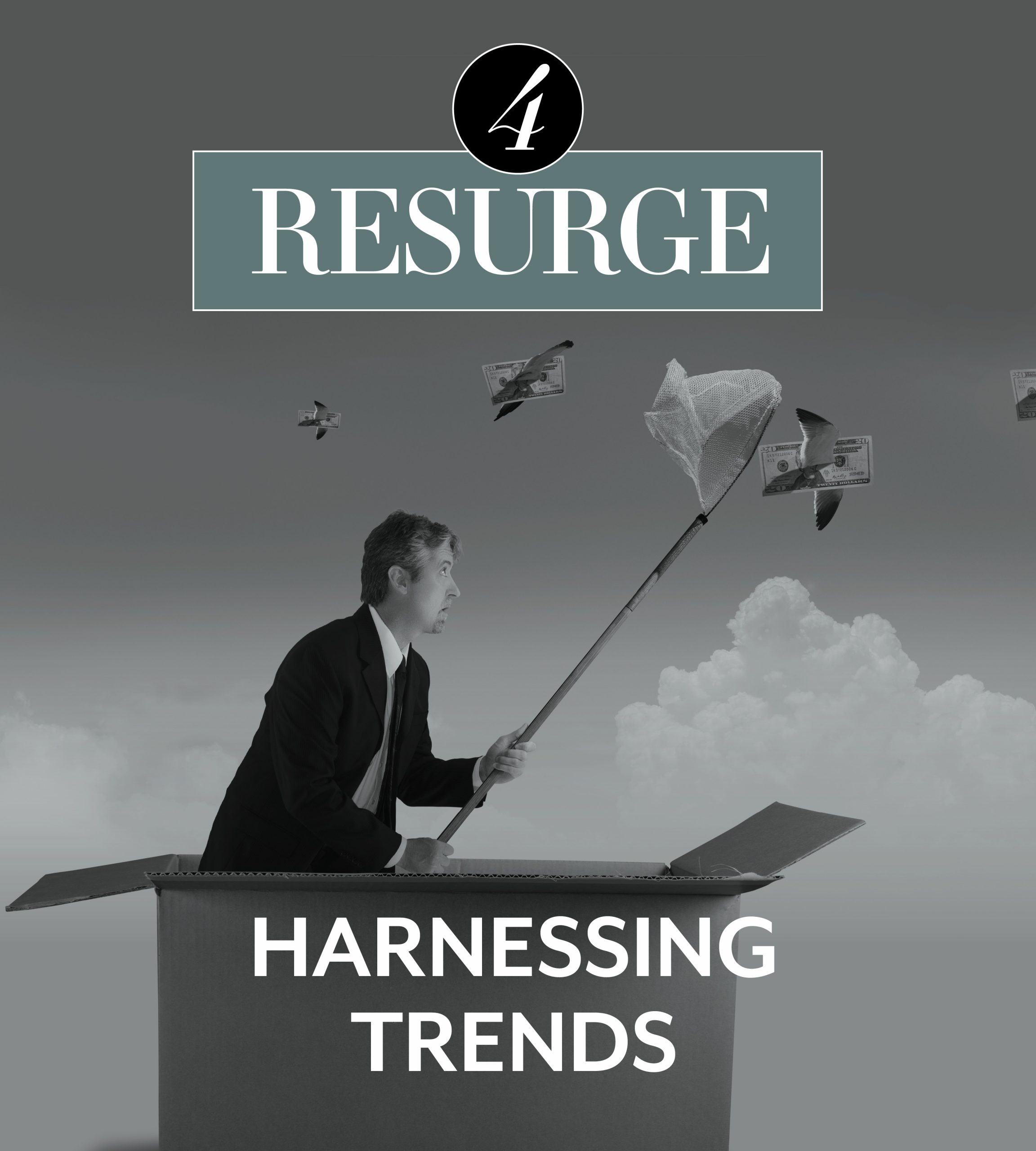
“COVID-19 has created a unique window to change our trajectory … If we are bold now, we will not only bounce back, but we will move forward and build a kinder, more empathetic, more innovative, more inclusive, and more prosperous world.”
- Andrew Penn, CEO, Telstra
What do you do when your industry ceases to exist overnight? For Ian Ratcliff, the newly installed Director of Special Projects at Sydney-based events specialists Flare Creative, the answer certainly involved several stiff drinks, but he wasn’t the one gulping them down.
As events became non-events, he had to think quickly and find a revenue generator that could harness his company’s impressive client list, resources and skill set.
The result was Drinks With Dave, a service enabling businesses to interact with their customers and remote workers by enjoying online tastings of beer, wine and spirits curated by winemakers and distillers. Maybe Friday afternoon drinks weren’t a thing of the past after all. So far, more than 11,500 have had a quaff.
“The pandemic stripped all existing live events and media jobs, and the business outlook seemed bleak,” Ratcliff tells The CEO Magazine. “The versatility of Flare Creative was exercised as we adopted new approaches to obtain and serve both clients and customers by leveraging existing resources, relationships and skill sets.”
The shape of 2022
The past year may certainly have been one of the most challenging of their careers for many business leaders. Even if your company has happily hung onto the pandemic’s coattails and reported record earnings, it’s still probably been a stress-laden, exhausting experience.
Through it all, some clear trends have emerged including sustainability, digitalisation, home entertainment, domestic travel and home improvement.
But what about the future? Will we still be jealously guarding our sourdough starter, posting smugly about our new electric bike and subscribing to at least 15 streaming services when some vestige of normality returns?
Business finance expert Zeller brought together predictions for 2022’s five biggest trends from the world’s major consulting firms:
- Revenge spending
With no holidays or nights out to splash out on, and with no need for work clothes, many people have more savings than usual burning a hole in their pocket, so next year could see some mighty splurges.
- Conscious consumerism
Our close call with disaster has made us collectively more aware of the need to look after the planet. Oxford Economics reported that 82 per cent of SMEs that switched to sustainable practices saw their financial performances increase by an average of 15 per cent.
- Local love
A recent CouriersPlease survey found 80 per cent of Australians plan to step up efforts to support local shops and businesses, possibly prompted by stay-at-home orders and remote working.
- Authenticity on social media
Trust in the likes of Facebook, TikTok, Twitter and Instagram is low, so shoppers are sceptical about what they’re offered and many companies struggle to gain much traction. For those who project honesty and transparency, the pickings could be rich.
- Business model innovation
Many companies took some uncomfortably big leaps of faith last year and completely overhauled their brand identities and distribution channels. The long-term survivors will be the ones that continue to push the envelope to see what’s possible.
As these trends play out, a new era of digital marketing will dawn in 2022, with Digipline predicting that marketers will struggle to keep up.
Video, live streaming, search engine optimisation, webinars and pay-per-click will all change beyond recognition and become more important. “Businesses will compete on quality content, brand authenticity and personalisation,” it predicts.
Now trending…
According to our panel of CEOs, these are four ways businesses should be communicating with their customers next year:
- Virtual assistants Half of all searches in 2020 were spoken, as smart speaker sales broke all records. Marketers now have to not only think about what keywords will be typed, but also what will be said.
- Remote interactions It has finally dawned on many businesses that virtual meetings can achieve pretty much the same as face-to-face interactions. Taking the best part of a week to travel across several time zones to get to and from a three-hour board meeting in New York might no longer be a justifiable expense.
- Humanised artificial intelligence The days of squabbling with a passive-aggressive chatbot about a banking error may be coming to an end as technologies become more sophisticated so increasingly complex queries can be addressed. Costs are also coming down, so smaller businesses will be able to take advantage.
- Enhanced programmatics Targeting precisely the right demographics for your marketing campaign gets easier each year, with streaming services offering up the tantalising possibility of tailored ads for mass TV audiences.


